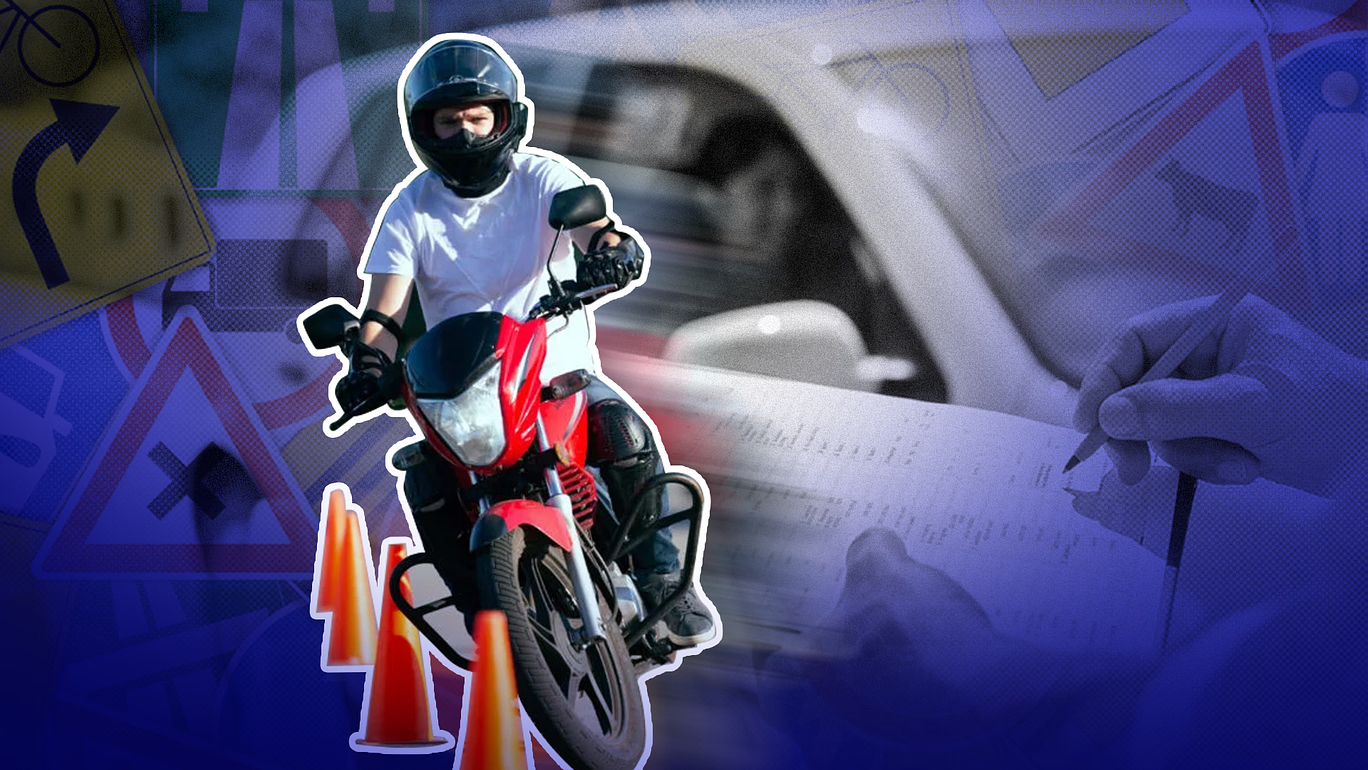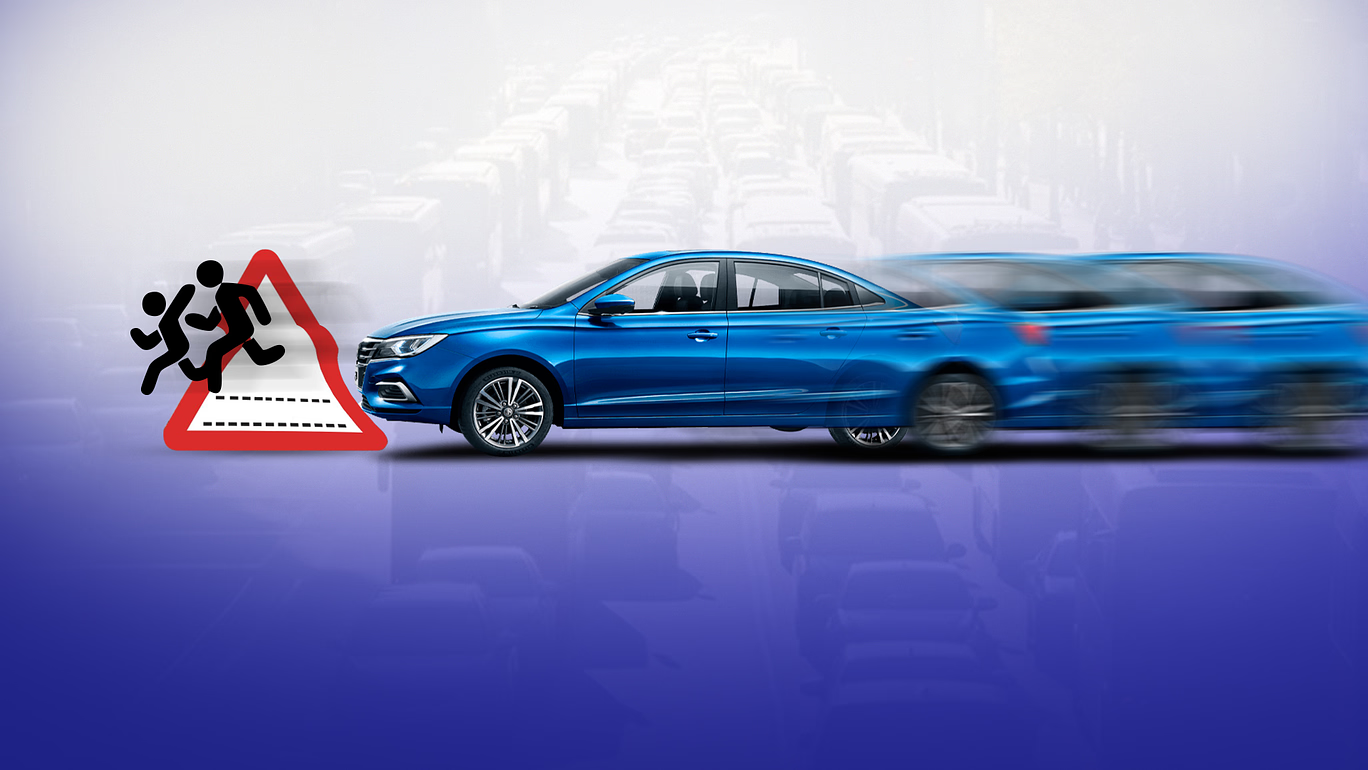You’ve finished your Online Theoretical Driving Course (TDC) and already have your Student-Driver’s Permit. That’s a major accomplishment. Now it’s time to take the next required step toward earning your driver’s license in the Philippines: the Practical Driving Course (PDC).
This stage is not optional. It’s where everything you’ve studied in the TDC gets applied in real-world conditions. More importantly, it’s one of the final requirements before you’re allowed to take the actual driving test at the Land Transportation Office (LTO).
This guide will explain what the PDC is, why you need it, how to choose a good provider, and how DriveSafe PH can help you every step of the way.
This Is Where Most New Drivers Struggle (But You Won’t)
Reading about road signs and rules is one thing. Actually driving a car in traffic is another. The PDC exists to bridge that gap. It gives you the space to make mistakes, ask questions, and build your driving confidence before you face the LTO examiner or find yourself alone on the road.
A properly delivered PDC gives you more than just technical knowledge. It helps you build habits. Checking mirrors, signaling properly, slowing down at the right time. This simple routine will keep you safe and in control. It also prepares you for specific scenarios that aren’t always covered in theory, like how to handle uphill starts, U-turns in traffic, or tight parking situations.
The LTO requires all applicants for both Non-Professional and Professional Driver’s Licenses to complete a certified PDC. This means it must be done through a driving school that is officially recognized by the LTO. The school will issue you a certificate upon completion, and this certificate is submitted with your license application. Without it, your application won’t move forward.
How to Choose a PDC Provider
Not all driving schools are the same. Some focus on quality instruction with clear feedback, while others may rush you through the process without making sure you’ve really learned anything. Here’s what to look for when choosing a school:
- LTO Accreditation
Always ask if the school is accredited. You can also search online or consult the LTO’s published list. If your certificate comes from a non-accredited school, it won’t be accepted. - Instructor Quality
Look for instructors who explain clearly, stay patient when you make mistakes, and actually teach, rather than just letting you drive around in silence. Check reviews or ask people you trust for recommendations. - Vehicle Options
Make sure the school offers the type of vehicle you’ll be tested on and plan to drive afterward. If you want to drive both manual and automatic vehicles, choose the manual PDC. If you plan to ride a motorcycle, check that they offer training under Restriction Code 1. - Class Scheduling
If you have work, school, or family responsibilities, you’ll need flexible options. Evening and weekend sessions are helpful if you can’t attend during regular hours. - Location and Accessibility
It’s best to train somewhere near your home or office. Long travel times can turn each session into a burden, which might cause delays in completing your training. - Clear Pricing
Ask for a breakdown of all fees. Some schools advertise low prices but add extra charges for certificates, fuel, or use of manual vehicles. Always ask for the total cost upfront.
What to Expect During the PDC
The LTO usually requires at least 8 hours of hands-on training, though some schools offer extended packages to help students improve further. These added hours are a good option if you’ve never driven before or feel nervous.
Types of Training Offered:
- Manual Transmission Cars
You’ll learn how to use the clutch, shift gears, and control the vehicle smoothly. Once you pass the exam in a manual car, you’re allowed to drive both manual and automatic vehicles. - Automatic Transmission Cars
These are easier to learn for many people. However, if you train and test in an automatic, your license will be limited to automatic vehicles only. - Motorcycles (RC 1)
Motorcycle training focuses on balance, braking, lane discipline, and safety practices specific to two-wheeled vehicles.
Standard PDC Curriculum Includes:
- Starting, stopping, and turning smoothly
- Parking (parallel, angle, and perpendicular)
- Lane changes and proper use of side mirrors
- Defensive driving techniques
- Dealing with real traffic
- Using turn signals correctly
- Driving on slopes, curves, and intersections
- Following road signs and speed limits
You’ll repeat these exercises until they become second nature.
If You Took the TDC Online with DriveSafe PH
After you finish your online TDC through DriveSafe PH, you don’t have to look far for your next step. We’ve built a reliable network of LTO-accredited driving schools across the country. Once you complete your TDC, we can help you find a trusted PDC provider near you.
This means you don’t have to research and verify schools yourself. We’ll recommend a partner that meets LTO standards and offers the kind of support you need.
How to Make the Most of Your PDC
Here are some ways to get better results and save time:
- Review Your TDC Notes
Go back over the traffic rules, road signs, and basic safety reminders before your first practical session. - Talk to Your Instructor
If you’re struggling with parking or turning, let them know. They can adjust your session to give you more time on those areas. - Take Your Training Seriously
The more effort you put into your lessons, the easier your LTO exam will be. Don’t treat this as something to rush through. - Ask Questions
If you don’t understand why something is being done a certain way, ask. The more you understand the reasons behind each technique, the better driver you’ll become. - Don’t Space Out Your Sessions Too Far
Driving is a skill built on repetition. If you wait too long between sessions, you might forget what you learned. Try to finish the full course within a short timeframe. - Stay Focused and Calm
Mistakes are part of learning. What matters is how you respond. Pay attention to your instructor’s corrections and try again.
How the PDC Prepares You for the LTO Practical Exam
At the end of your PDC, the school will send an electronic copy of your certificate directly to the LTO. This document proves that you have completed the required training.
The skills you practiced in the PDC will be the same ones tested by the LTO. This includes:
- Handling the vehicle confidently
- Parking without assistance
- Using turn signals and mirrors correctly
- Making smooth stops and turns
- Responding safely to different road conditions
Once you pass the LTO’s practical driving test, you’ll be eligible for your Non-Professional or Professional Driver’s License.
The PDC is where everything starts to come together. It’s the stage where you stop being a student and start becoming a driver. With the right mindset, the right school, and support from DriveSafe PH, your journey to becoming a responsible and confident driver becomes easier, safer, and more rewarding.
Get the training you need, ask the questions that matter, and drive forward…literally.
For the latest updates on transport policies, road safety measures, and driving education, connect with DriveSafe PH:
✔ Follow us on Facebook for real-time updates: https://www.facebook.com/drivesafeacademy
✔Be a responsible and safe driver. Start the right way by enrolling in our OTDC: https://main.drivesafe.ph/find-driving-school



